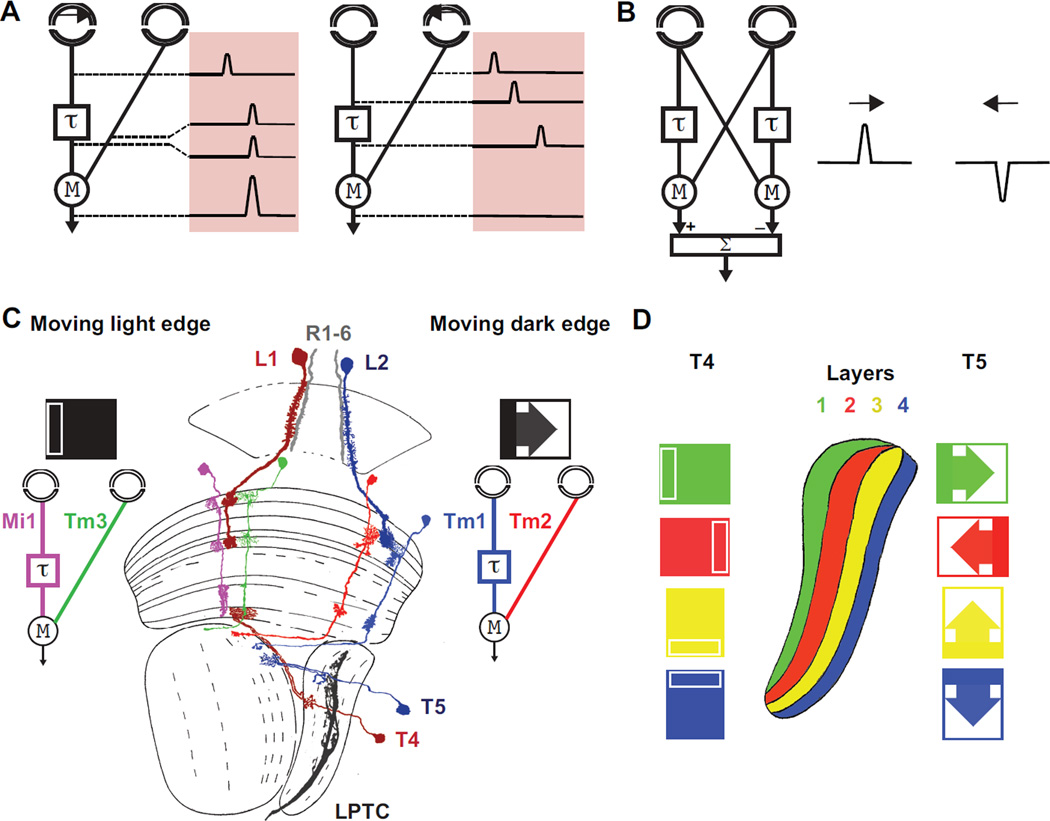Figure 2. Motion vision in the Drosophila optic lobe.
A. The Hassentein and Reichard Correlator (HRC) relies on differential temporal filtering of two spatially separated input channels, delaying one signal with respect to the other. Motion from left to right in this case causes these delayed and non-delayed luminance signals to arrive simultaneously at a subsequent processing step where they are multiplied and amplified (multiplication) as a motion signal. Motion in the opposite direction where the delay separates the signals in time, leads to a null output. B The subtraction of the output of a correlator from that of a mirror-imaged correlator produces responses that have different signs for opposite directions. (A and B modified from 17) C Two pathways lead from photoreceptors in the eyes to LPTCs. In the moving light-edge-specific pathway, L1 neurons, postsynaptic to photoreceptors, act as inputs, while direction selective T4 neurons, presynaptic to LPTCs, act as outputs. L2 and T5 have equivalent roles in the pathway that detects moving dark edges. Medulla neurons Mi1/Tm3, Tm1/Tm2 have been proposed to be the delayed and the non-delayed lines of an HRC for moving light edges respectively. The dendrites of T4/T5 neurons define potential sites for HRC signal multiplication in these two pathways. D T4 cells respond preferentially to moving bright edges, T5 cells respond to moving dark edges. Dendrites responding to different cardinal directions are located to fours different layers of the lobula plate.

